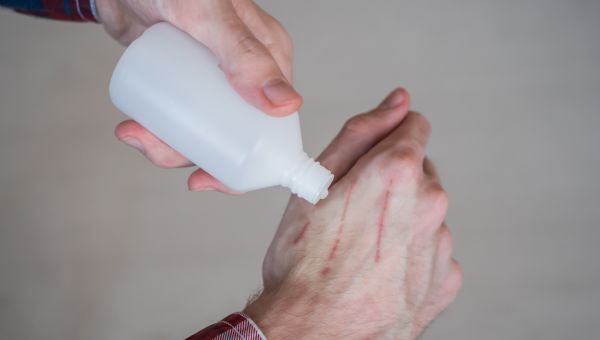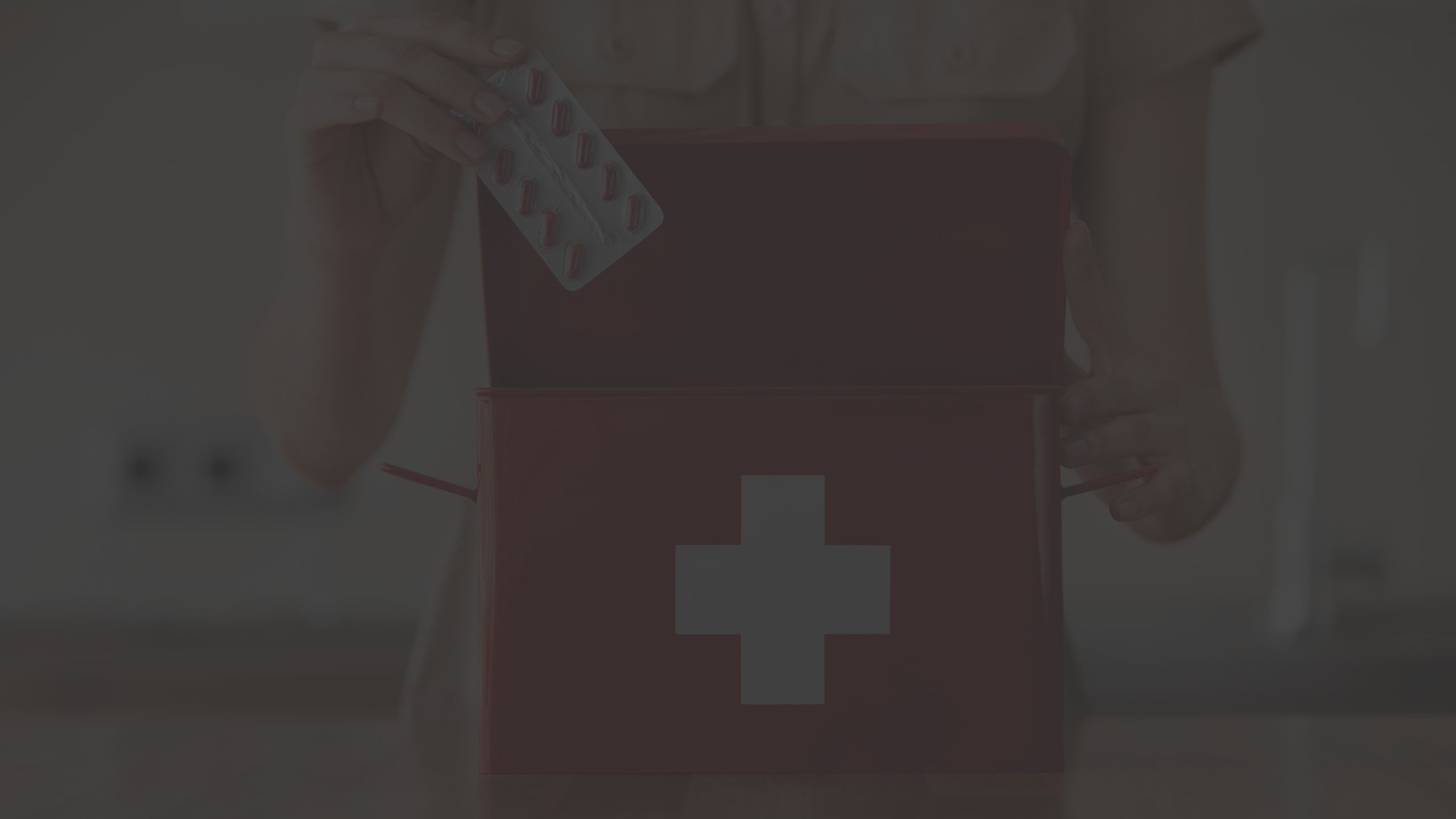8 first aid mistakes
Common injuries aren't treated as they once were.

It’s routine to reach for the hydrogen peroxide when your kid falls and scrapes his knee, or for the tweezers when you get a splinter. But you may want to rethink some of these habitual first aid treatments—they can actually make the injury worse. We talked with Scott Scherr, MD, Medical Director of the emergency room at Sunrise Hospital and Medical Center, to learn the right way to handle ailments, big and small, and what not to do.

Mistake #1: Induce vomiting with ipecac
If you have ipecac syrup lying around, experts recommend you throw it away. “Vomiting can actually cause esophagus ruptures and can compromise your airway, so we don’t advise using syrup of ipecac any longer,” says Dr. Scherr. If you or your child swallows something harmful, call Poison Control immediately to figure out the best treatment. Treatment can vary depending on the substance.

Mistake #2: Clean cuts with hydrogen peroxide
Products like peroxide, alcohol and iodine actually delay wound healing and cause tissue damage, says Scherr. A better solution? Clean, or irrigate, the wound with water or saline, he says. “In residency, they taught us that the solution to pollution is dilution, so irrigate the wound with normal tap water or saline, or see a doctor,” says Scherr.

Mistake #3: Tilt your head back during a nose bleed
Your natural instinct may be to hold your head back when something is draining from your nose or put your head between your legs, but that can be dangerous. When you tilt your head back, the blood can drip into your throat and you could choke or swallow blood, which can irritate your stomach. Putting your head between your legs will increase the amount of pressure going to the small vessels in your nose and will increase the amount of bleeding. The best way to treat a nosebleed is to apply constant pressure to the bridge of your nose for 20 minutes, says Scherr.

Mistake #4: Giving mouth-to-mouth resuscitation
That babysitting class you took many moons ago was definitely a good thing, but it’s time to update what you learned about CPR. The American Heart Association has modified their guidelines to include just chest compressions in most instances. “The goal is to keep perfusing the tissues and not have any delay with mouth to mouth attempts,” says Scherr. If you witness a person collapse, call 911 immediately and then begin CPR by pushing hard and fast on the middle of the person’s chest continuously until they start breathing.

Mistake #5: Treating a burn with ice or butter
Burn yourself with the curling iron? Touch a hot pot? Don’t reach for the ice—it will cause more pain, make the burn worse and can even cause frost bite. And don’t reach for the mustard or butter either. “Anything with any sort of sugar in it can attract bacteria and feed the bacteria, which can increase the chance of that burn getting infected,” says Scherr. A better solution is to run it under cool water or wrap it with a cool towel or gauze.

Mistake #6: Cleaning a knocked-out tooth
Knocking out a tooth or breaking it can be alarming. If you knock out a permanent tooth, it may be able to be re-implanted. But don’t brush or scrub the tooth. “Cleaning a knocked-out tooth can actually damage the tooth,” says Scherr. The most important thing to do when you knock out a tooth is to see a dentist as soon as possible, ideally within 30 minutes. If you’re unable to get there right away, Scherr recommends placing the tooth in cool milk or salvia to protect it. Stock your medicine cabinet with a balanced salt solution or tooth-saving storage device so that you are prepared. Be sure to rinse your mouth with warm water and apply an ice pack to your face to prevent swelling.

Mistake #7: Lying down after hitting your head
Some head injuries can be serious. If you lose consciousness or have a change in your mental state after hitting your head, seek medical attention immediately, says Scherr. “You can lay down if you’re okay, but I wouldn’t recommend it right away,” says Scherr. Look for signs of significant head trauma like severe headache that doesn’t respond to treatment with a pain reliever, nausea, vomiting and confusion—any of these symptoms mean you need to see a doctor as soon as possible.

Mistake #8: Fishing objects out of your skin yourself
If you step on a piece of glass, a nail or get a big splinter, don’t try to remove it yourself. “I see a lot of people trying to fish nails and big splinters out of their hands and feet,” says Scherr. “You can actually damage the tissues or nerves in your body. If you have a deep foreign body, you should seek medical attention.”
More On


video

article

slideshow


video


video
